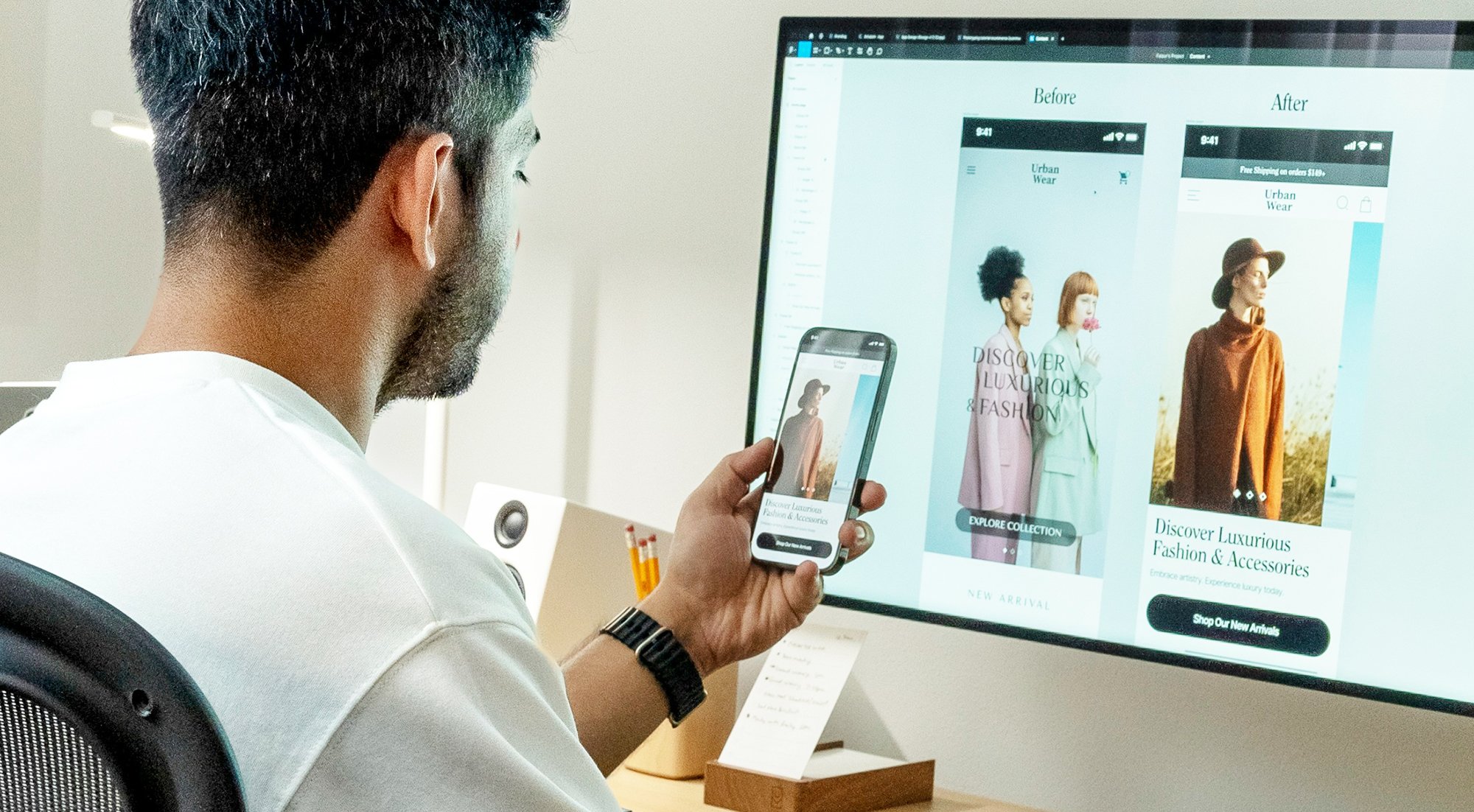
Chapter 14: Good Design
Good Design
Lesson 1 of 10
As a project leader, it is often your job to determine whether or not a design works.
This is really hard if you don’t have design training! “Good design” is often a matter of personal preference and interpretation, and what appeals to you may not appeal to your target audience. There is also a big difference between something you like and something that works. While there is no one answer to what constitutes good design, there are many guidelines and standards that can help you tell what works for your project and what doesn’t.
Moreover, there are many competing ideals that apply differently depending on your goals. Understanding what these mean, and more importantly what they mean for you and your brand, can help you know what to ask for, what to look for, and how to give informed feedback on the designs you receive. While, to a certain degree, figuring out the best design for your goals will require communication with your designers, and a healthy amount of instinct, knowing the context of each design choice will help you objectively know what works and what doesn’t.
A thorough understanding of good design is essential to ensuring…
You can differentiate between what you like and what works.
The concepts you pick that are specifically crafted for your goals.
You know how to advise your designer on direction.
You know how to judge a potential designer’s portfolio.
You can pin down exactly what does and does not work about a design.
Your feedback is informed, clear, and goal-oriented.
You know how each design choice will affect your results.
Working without an understanding of good design can mean…
Overwhelm in judging designs.
Unclear or directionless feedback.
Not knowing how decisions will impact your goals.
Unclear aesthetic direction.
Difficulty assessing a prospective designer’s capabilities.
Confusing preference for objective fact.
Not knowing the difference between design that works and design that doesn’t.